Can AI image recognition help address declining scallop production and environmental threats?
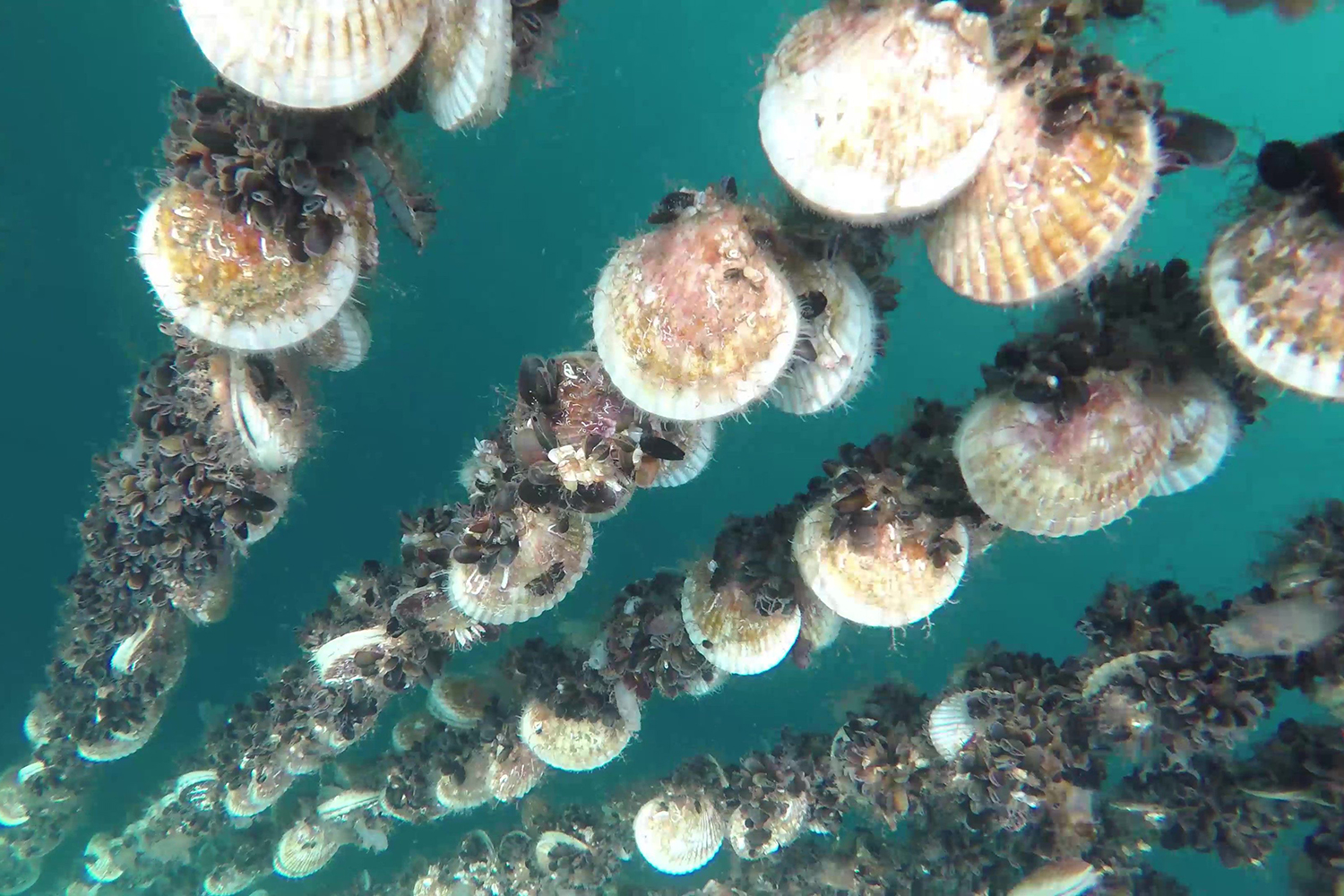
Japan’s northernmost island of Hokkaido is home to Funka Bay, where scallop farming has been practiced for more than 40 years with an average annual production of roughly 70,000 tons. The mix of warm and cold currents in the bay provides an ideal environment for scallops, with water exchange reducing the chances of eutrophication and providing an array of nutrients.
However, since 2015, scallop production in Funka Bay has been declining. Farms in the area are also susceptible to rough weather and disease while rising water temperatures associated with climate change could be making the environment unsuitable for scallops to grow in.
Investigating the decline in scallop production requires accurate data and information, but underwater observations can be time-consuming, challenging and often unreliable. With this in mind, researchers at the Hokkaido Research Organization have come up with a unique AI image-recognition technique to monitor scallops and study conditions underwater to identify potential causes of abnormal growth and mortality.
“Scallop production in Hokkaido occupies an important position in Japan’s domestic seafood supply and is one of the major primary industries on the island,” Dr. Masafumi Natsuike of the Hakodate Fisheries Research Institute at Hokkaido Research Organization told the Advocate. “We wanted to track the growth of scallops and conditions underwater to determine what might be happening on the farms and offer an innovative, technology-driven solution for non-invasive monitoring.”
Natsuike and his team developed an algorithm for the automatic recognition of scallops based on a deep-learning technique called semantic segmentation. The technique associates a label or category with every pixel in an image and is used to recognize a collection of pixels that form distinct categories.
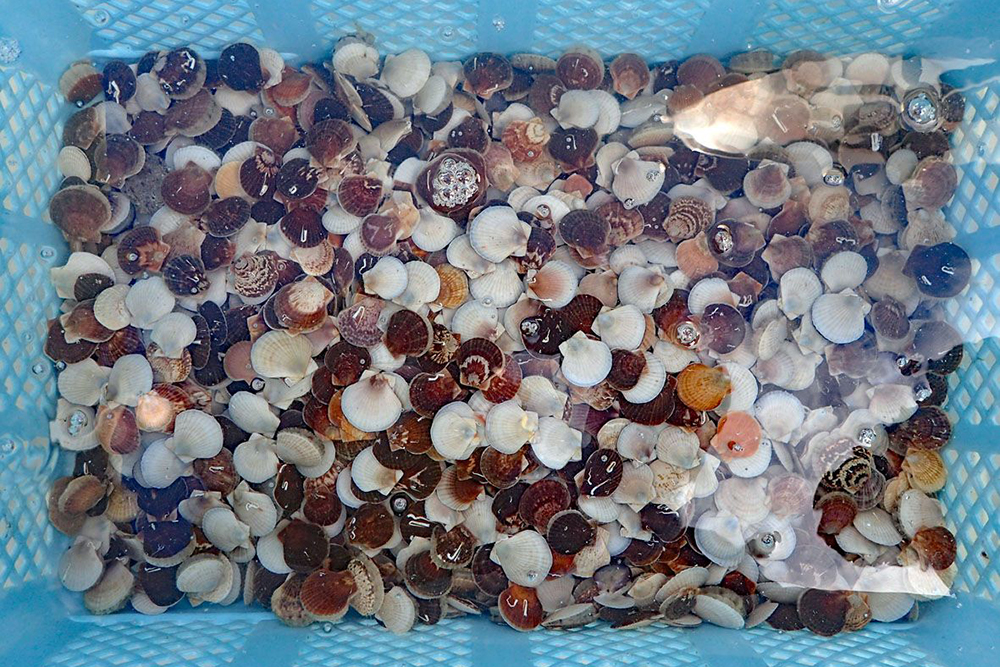
On scallop farms, semantic segmentation is particularly effective in using pixel units to detect scallops and analyze the environment that they are in. It can also quickly distinguish between pixels that show scallops and those that show something else in the rearing environment, such as the background or the seabed. By analyzing images and data, Natsuike and his team were able to explain the growth and behavioral changes of scallops in stormy weather, clarifying the relationship between stress and rough seas.
“We found that abnormalities, such as shell deformity, tend to be more frequent during the juvenile stage, so we used the pixel information of scallops to observe the distribution of juveniles in lantern nets,” said Natsuike. “AI automatically detected differences in the distribution of pixels recognized as juveniles through consecutive images from a huge number of time-lapse images. We found that the distribution of juveniles hardly changed when the sea was calm.”
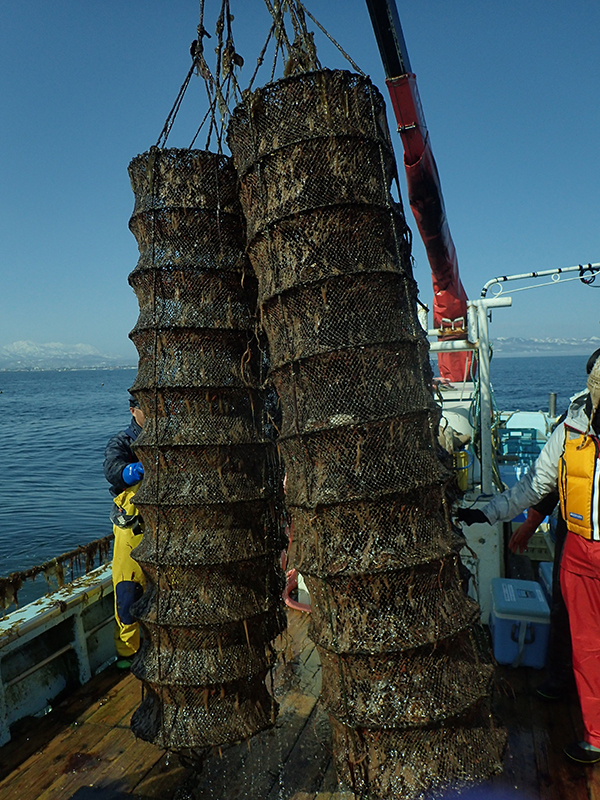
Natsuike said this suggests that once they stick to the lantern nets using their byssus, they don’t tend to change position. However, data analysis of time-lapse images showed that the annotated areas of scallops decreased during stormy weather, suggesting continuous changes in the distribution of juveniles in rough seas. This increases stress levels, leading to abnormal growth and subsequent death.
“We had thought that the inside of the lantern nets was secure, but sometimes they aren’t and a scallop’s byssus is not always enough to secure the shellfish to the net in harsh conditions,” added Natsuike.
Image recognition techniques like this allow data to be gathered over large areas and help scallop farmers and researchers improve their understanding of populations and environmental conditions.
However, further work is required to determine how AI-based image recognition, including semantic segmentation, could be applied effectively to scallop farms and other fisheries operations. Examples include regular cleaning of camera lenses to prevent biofouling, installation on farms in a way that is feasible and at a reasonable cost, and robust power supplies and data communication devices.
“Scallop farms in Japan tend to be family-run businesses, so large-scale capital investments in technologies like AI and image recognition techniques is going to be difficult,” said Natsuike. “However, farms have already seen some benefits of technology and automation. For example, automation has simplified work to drill holes in scallop shells, pass threads through these holes and tie the scallops to ropes for rearing underwater. With local areas of Japan facing significant declines in labor due to shrinking populations, maintaining local economies is likely to become harder without the support of mechanization and AI. These stand out as transformative forces in aquaculture. Researchers and developers will need to grasp the needs of this sector and proceed with R&D within a feasible range.”
Now that you've reached the end of the article ...
… please consider supporting GSA’s mission to advance responsible seafood practices through education, advocacy and third-party assurances. The Advocate aims to document the evolution of responsible seafood practices and share the expansive knowledge of our vast network of contributors.
By becoming a Global Seafood Alliance member, you’re ensuring that all of the pre-competitive work we do through member benefits, resources and events can continue. Individual membership costs just $50 a year.
Not a GSA member? Join us.
Author
-
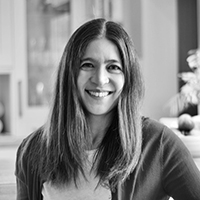
Bonnie Waycott
Correspondent Bonnie Waycott became interested in marine life after learning to snorkel on the Sea of Japan coast near her mother’s hometown. She specializes in aquaculture and fisheries with a particular focus on Japan, and has a keen interest in Tohoku’s aquaculture recovery following the 2011 Great East Japan Earthquake and Tsunami.
Tagged With
Related Posts
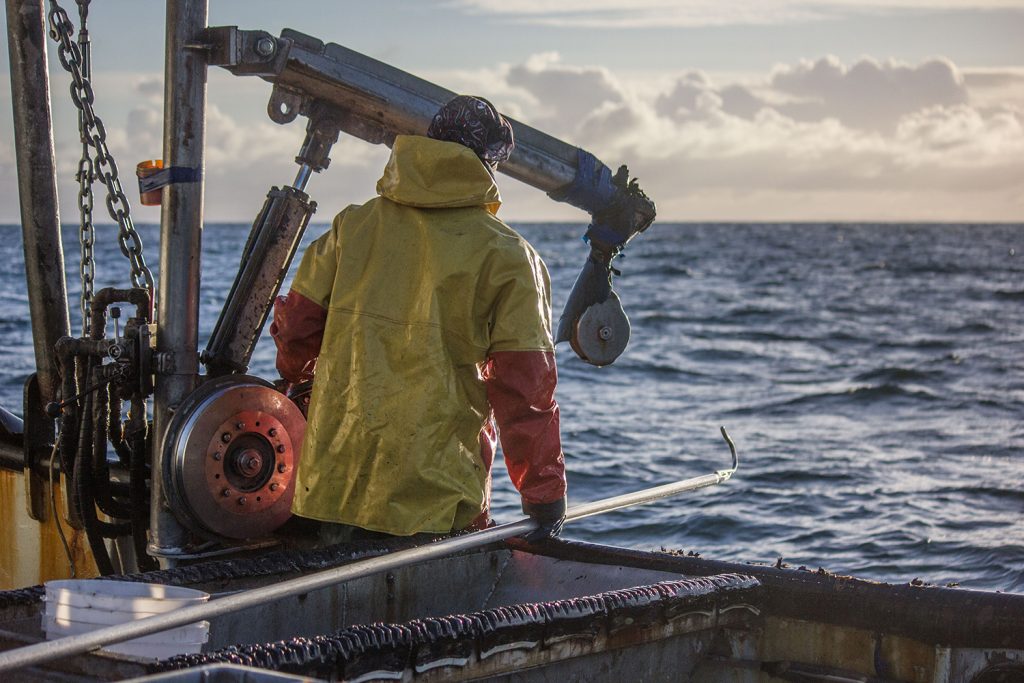
Fisheries
Artificial intelligence is already helping improve fisheries, but the trick is in training the tech
Artificial intelligence is providing valuable data to fisheries, cutting costs and the need for human review. Can the technology be perfected?
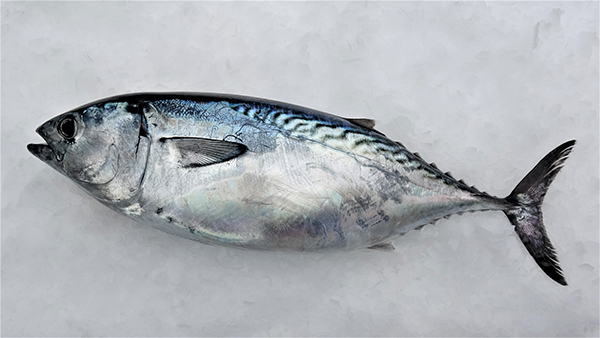
Intelligence
Artificial intelligence is taking fish farming (and sushi) in Japan to greater heights
From artificial intelligence to remotely operated vehicles, new technologies offer Japanese aquaculture improved efficiency and insights into fish farming.
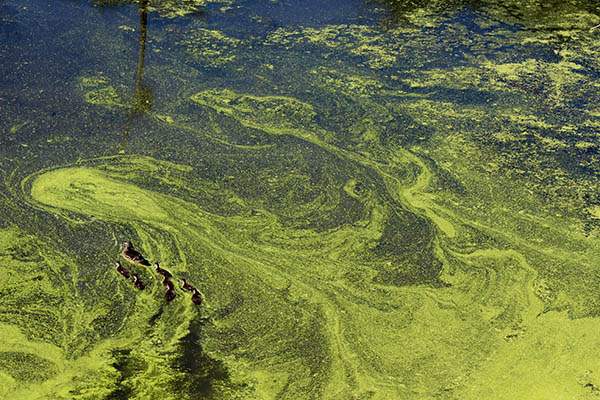
Intelligence
Artificial intelligence successfully predicts toxic algae in UK seafood
Molecular biology-based approach with artificial intelligence can predict a rise in toxic algae weeks earlier than the microscope method.
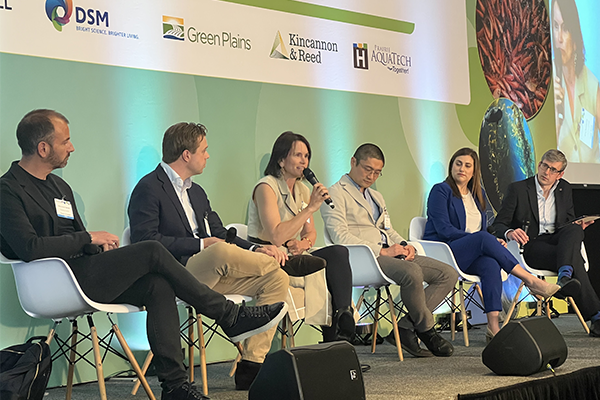
Innovation & Investment
‘We have 15 years to fix this planet’: Blue Food Innovation Summit explores potential of restorative aquaculture – and the challenges to scaling
At the Blue Food Innovation Summit, discussions centered on restorative aquaculture’s potential and financing the ocean’s capabilities.


